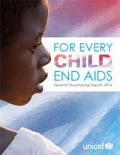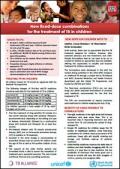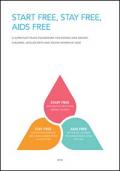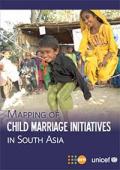Publications on Children
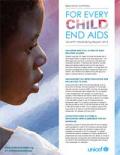
Resource | Publications,
Children living with HIV (aged 0–4) face the highest risk of AIDS-related death compared to all other age groups. The AIDS-response must focus on solutions for this extremely vulnerable population. Preventing new infections, but also testing and starting treatment early are the best ways to end AIDS among the youngest children. In an age when the tools and knowledge are at hand to prevent and treat HIV in children, new infections and deaths among this age group reflect a collective failure to prioritise children.
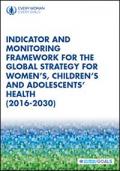
Resource | Publications,
This report presents the indicator and monitoring framework for the Global Strategy for Women’s, Children’s and Adolescents’ Health, (2016-2030) focusing on its Survive, Thrive and Transform objectives and 17 targets. The report details the selection process for the indicators and implications for monitoring, measurement, investments and reporting.
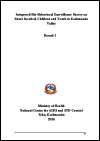
Resource | Publications,
This is the first round of the IBBS Survey conducted among street involved children and youths in three districts in the Kathmandu Valley of Nepal. This survey is a part of the National HIV Surveillance Plan (2012) and National HIV and AIDS Strategy (2011-2016). The first round of the survey was undertaken to determine the prevalence of HIV infections and to assess the sexual and/or injecting behaviors related to HIV among street involved children and youths in the Kathmandu Valley.
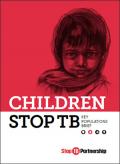
Resource | Publications,
Children often exist as a vulnerable population within already vulnerable populations. Therefore, it is imperative that TB finally be addressed head-on by policy makers, civil society, and health professionals. Not only do children provide the reservoir from which future cases will develop, but continued inaction is costing lives.






